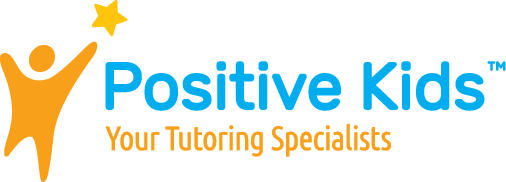Reading & Writing
Teaching English to children with Attention-Deficit/Hyperactivity Disorder (ADHD) requires a specialized approach that considers their unique needs. Tutors often employ various strategies to support these children effectively:
1. Structured and Engaging Lessons: Tutors break down English lessons into manageable segments with clear objectives. They incorporate interactive and engaging activities such as storytelling, role-playing, or interactive reading to maintain the child’s interest and focus.
2. Multisensory Techniques: Utilizing multisensory approaches—combining visual, auditory, and kinesthetic elements—helps reinforce English language concepts. Tutors might use visual aids, reading aloud, interactive games, or hands-on activities to enhance learning and comprehension.
3. Clear Instructions and Reinforcement: Tutors provide clear and concise instructions, often accompanied by visual cues or step-by-step guides. They offer positive reinforcement and encouragement to boost the child’s confidence and motivation in learning English.
4. Adapted Learning Materials: Tailoring learning materials to suit the child’s interests, learning style, and pace is crucial. This might involve using diverse reading materials, varied difficulty levels, or technology-based tools to accommodate different learning preferences.
5. Active Engagement and Movement: Incorporating movement breaks or activities that involve physical movement helps release excess energy and aids in maintaining the child’s focus during English lessons.
6. Encouraging Creativity and Expression: Tutors create a supportive environment that encourages the child to express themselves creatively through writing, storytelling, or drawing, fostering language skills and confidence in English communication.
7. Individualized Support: Understanding the child’s strengths, challenges, and preferred learning style allows tutors to tailor their teaching methods and provide personalized support for English language learning.
8. Utilizing Technology: Educational apps, interactive software, or online resources can be effective tools to engage children with ADHD in English learning, offering interactive and stimulating experiences.
9. Consistent Structure and Routines: Establishing predictable routines within English lessons helps the child feel secure and organized, supporting their engagement and participation.
10. Patience and Flexibility: Tutors approach teaching English to children with ADHD with patience and flexibility, understanding that the child’s attention and focus might vary. They adapt their methods as needed to accommodate fluctuations in attention.
